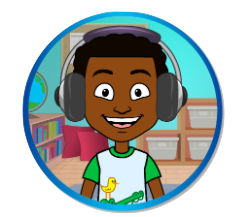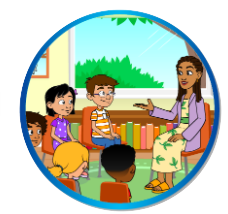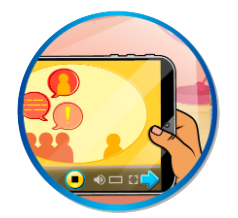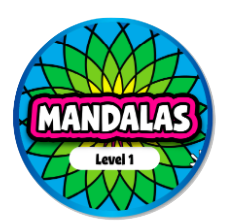
***
We Are Helpers
We are helpers: those of us who serve in schools and center our careers around supporting students are helpers. We help students achieve their full potential not only academically, but socially and emotionally as well. When you are a helper, it’s natural to put the feelings and needs of others ahead of your own. It’s second nature to you, and you undoubtedly do this not only in your career, but at home and in your community as well. While helpers are absolutely essential in our schools, homes, and communities, it’s important for helpers to take care of themselves as well.

Take a moment and think about what emotions you experience most when you are at work. Working in schools, helpers often mask their own feelings to deal with at a later time, so that they may be more available for their students. The problem with this is that sometimes the weight of hiding these emotions becomes too great, resulting in burnout, stress, frustration, or even lashing out at students or your family at home.
I remember when I first started teaching, the popular advice was “Don’t smile until winter break.” I never adhered to that even for a second because I wanted my students to know that I am human. It’s human to smile, laugh, cry, and get angry. What would it feel like if we allowed ourselves to be human in front of our students? What if we saw each day as an opportunity to model appropriate coping skills?
A Little Bit of Disclosure is Okay!
I’m not suggesting that every thought or the full spectrum of our emotions is appropriate to share with students, but in the words of a former professor: “A little bit of self-disclosure is okay!”
Several years ago, I worked with a first-grade teacher who had a “peace corner” in her classroom. It was there for her students to take moments in when they needed to de-escalate. Peace corners, or calm-down areas, are called many things and located in many classrooms across the country. What was different about this particular teacher’s peace corner, however, is that she used it as well. Regularly. When her students weren’t being respectful, she would pause, use the class signal to identify that she would like to use the peace corner, and use the time and space to de-escalate herself. In doing so, she was able to model to her students that it is normal and acceptable to become frustrated, but that there are calm and safe ways to help ourselves regulate. She also was able to address her own emotions in the moment without having to mask them. This allowed her not to take her frustrations of the day home with her.
The next time you feel the need to mask your emotions at work or at home, I hope you will allow yourself to be a model instead. This will allow your students and your own families to see an appropriate model of self-regulation, and it helps you as well.
Try It with QuaverSEL
For more resources to help you build a peace corner at school or to help yourself practice self-care, visit the “Mindfulness” section of the QuaverSEL Teacher Toolbox.
Located in this section are Mindful Reflection Screens, Mandalas, and other printable resources.

Songs

Lesson Plans

Interactives

Printables
We at QuaverSEL are here to help you “unmask” your feelings and be the best helper you can be. Thanks for spending a moment with me.
***
Try QuaverSEL free for 30 days! Use QuaverSEL’s digital platform to reach your students, wherever they are, with flexible assignments that support their SEL development, in and outside the classroom.
